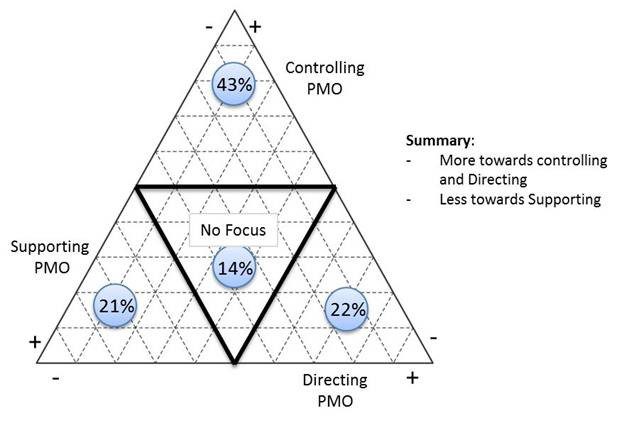Introduction
If you are reading this blog, you are likely considering starting a Project Management Office (PMO) or looking for ways to ensure you can maintain the one you’re already working in now. These 5 Steps for Launching a Successful PMO are a great place to start your journey. Implementing new and/or helping course-correct existing, troubled PMOs is a passion of mine so I wanted to share some strategies that you should consider:

1. Determine what type of PMO your organization needs (not necessarily wants)
According to the 6th edition of the Project Management Body of Knowledge (PMBOK), there are three types of PMOs:
- Supportive – A supporting PMO offers flexibility and a kind of “living lab” for best practices/innovations to emerge but does not tend to lead to standardization or enforced compliance.
- Controlling – Controlling PMOs can be considered the “Big Brother” that is always watching for missteps in PMO practices but can save money for an organization by creating process efficiencies across projects.
- Directive – Directive PMOs take control by directly managing the projects. The degree of control provided by the PMO is high, with the ability to build a sense of community because all PMs are together. It can sometimes be limited by its own standards and can be slow-moving.
The figure to the right shows the breakdown of PMO types as reported in “State of the PMO 2018” – PMI.org

2. Determine “What is keeping your Sponsor(s) up at night?”
- It’s essential to make your Sponsor recognize the business opportunities that can be addressed by the PMO.
- Target the pain points that are important to the sponsor.
- Look at the “triple constraint” items of Time, Cost, and Scope.
- Don’t assume that what you think is the biggest contribution the PMO will make to the organization is the same as what your Sponsor is looking for. Ask!

The reasons to start a PMO needs to be unique to your organization’s needs and culture, but here are a few examples that might help you start your internal sales pitch:
- Improve project success rates
- Increase the overall capabilities of your organization’s project managers
- Provide higher visibility on projects
- Ensure standardization and consistency across the PM process
- Build project management expertise inside the organization
3. Proactively think of obstacles that could “derail” your PMO’s success.
Over 50% of PMOs fail on their first try. Don’t reactively deal with the issues when they start cropping up. Similar to following proper Risk Management practices, brainstorm any challenges you foresee, then qualify theme by looking at their likelihood of occurring and the impact if they do. Start building a mitigation plan of remedies to overcome them.
4. Target “Quick Wins” to start building credibility, momentum, and morale.
These are relatively inexpensive and easy initiatives that can be quickly implemented to build support and would be considered “low hanging fruit” items that the PMO can tackle. Some examples include:
- Providing structure to meetings
- Adopting Real-Time Lessons Learned
- Celebrating success to increase PMO visibility
- Utilizing positive cultural terminology
5. Treat PMO Implementation like a project.
Build the right PMO documentation artifacts to include:
- Business Plan: Why we need a PMO
- Project Charter:- making sure that the goals of the charter are S.M.A.R.T.
- Project Plan: How to set up the PMO
- Scope Plan: What is the PMO’s function
- Resource Plan: Who is responsible

Get sign off as acceptance and approval. Remember, He/She Who Documents – Wins!
Related links – https://www.pmnetwork-digital.com/pmnetwork/200710?pg=36#pg36
I appreciate you taking the time to read this article on 5 Steps for Launching a Successful PMO and hope that it provided you some value on your journey to building your company’s PMO. Should you ever have any questions during that process, please don’t hesitate to reach out. I can be reached at kreynolds@arrowheadconsulting.com

